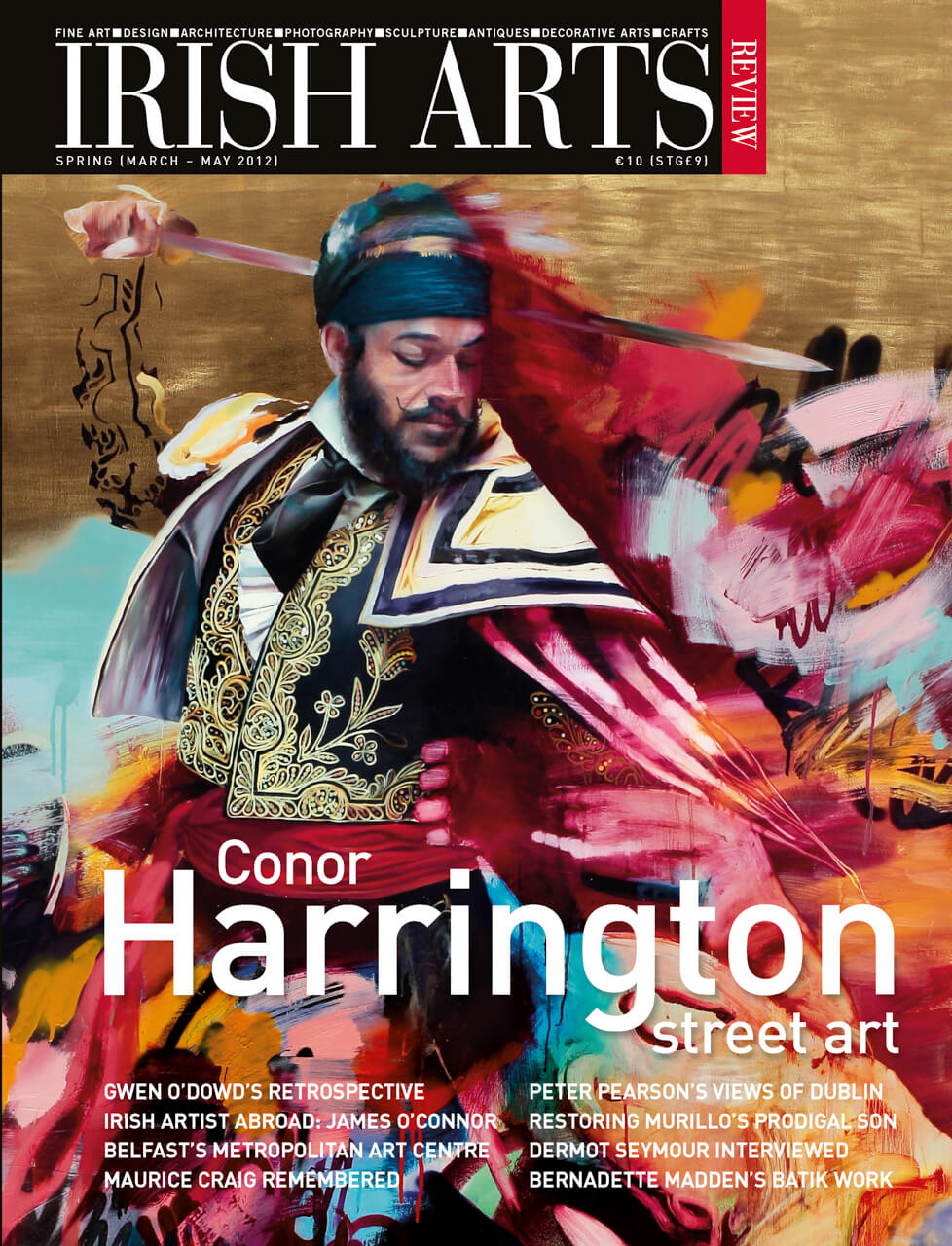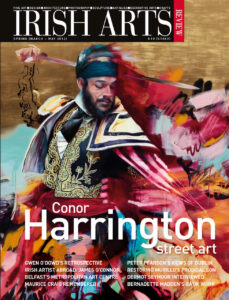

Using a selection of germane quotations Rolf Loeber recalls his mentor, the late Maurice Craig; their literary exchange taking the form of a tete-a-tete.
On preferred architecture:
‘… I wanted to celebrate buildings which were essentially folkart, not done out of books nor prescribed by central boards but unselfconscious achievements by the self-denial and devotion of local people.’
(The Elephant and the Polish Question, p. 69)
One of the great strengths of Maurice Craig’s perception of architectural qualities was that it did not depend on strict standards of what academics considered good or bad architecture. Instead, he developed his own standards of what he found interesting or exceptional, telling a story about the buildings without dropping in the quagmire of odd anecdotes of their owners. Although he was an inspector of ancient buildings at the Ministry of Works in London from 1952 to 1970, he never wrote a book about his English experiences. Instead, his writings centred on Irish architecture, and he set the tone for alternative architectural appreciation, thereby gaining a wide range of readers, many of whom were fired up by his writing to preserve the Irish architectural heritage. Undoubtedly, Maurice’s photographic legacy is enormous, and we are grateful that he donated his collection of 2000 photographs to the Irish Architectural Archive. He spent countless days over many decades travelling the Irish countryside in a succession of cars to take pictures (Fig).
On Dublin and nationality:
‘Denis Johnston used to say that when asked to give his nationality he was tempted to reply ‚ÄúDublin‚Äù. I find myself tempted in the same way.’
(The Elephant and the Polish Question, p. 62)
Maurice was among the rare writers – including James Joyce – who through writing about Dublin made the city come to life in ways other than its inhabitants or visitors would normally experience (Fig). For Maurice, unlike Joyce, Dublin was his adopted rather than his native city, but he wrote much of his Dublin 1660-1860 prior to 1949 (Fig) when he was a literary émigré in England. He excelled at providing his readers with insights of the city, casting his descriptions in a literary and engaging language. Few Irish architectural historians have mastered this combination.
On photography:
‘I do not think of myself as a photographer, merely somebody who has taken a great many photographs, usually with a purpose in mind.’
(Introduction to Maurice Craig Photographs p. ix)
Writing architectural history as portraits rather than histories was one of Maurice’s strengths, because it was the visual world of architecture, rather than the details of design, patronage, and construction, that interested him most. Similarly, in his preface to Mausolea Hibernica he stressed that it was a ‘picture book’ rather than ‘an academic or comprehensive treatment’ of mausolea. Thus, he was much happier exploring cities and the countryside than working in archives to search for building documents, letters of patronage or sketches. However, he was keenly aware of the need to use architectural drawings, and the Irish Architectural Drawings catalogue that he co-authored with the Knight of Glin in 1965 was the first of its kind.
On writing architectural history:
‘This book has been conceived more as a ‚Äúportrait‚Äù than as a ‚Äúhistory‚Äù.’
(Dublin 1660-1860, Preface to the original edition)
This is an abridged selection from Rolf Loeber’s essay in Maurice Craig Photographs The Lilliput Press (2011) ISBN 978 1 84351 200 4.
Rolf Loeber is editor of Irish Architecture 1600 – 2000
From the IAR Archive
First published in the Irish Arts Review Vol 29, No 1, 2012



